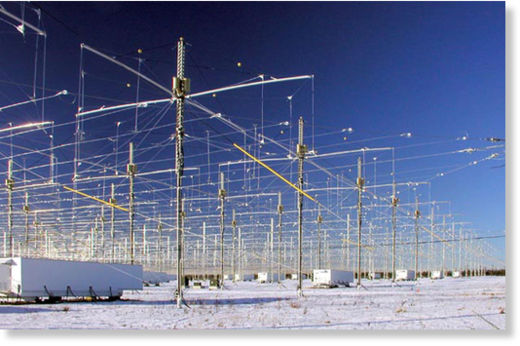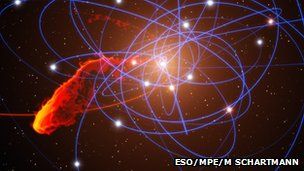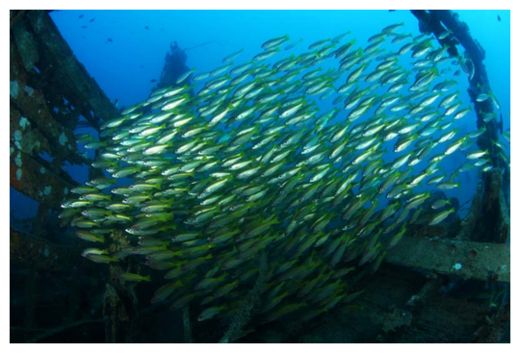
Evolution is often thought to be driven by environmental factors, including climate, or geographical obstacles such as rivers and mountains. Still, cultural factors - that is, groups of traditions and behaviors passed down from one generation to another - can have profound effects on behavior and also possibly lead to evolutionary changes.
To learn more, scientists analyzed genetic, climatic, geographic and physical traits of 1,203 members of six South American tribes living in the regions of the Brazilian Amazon and highlands. Their research found that one group, the Xavánte, had significantly diverged from the others in terms of their morphology or shape, possessing larger heads, taller and narrower faces and broader noses. These characteristics evolved in the approximately 1,500 years after they split from a sister group called the Kayapó, a rate that was about 3.8-times faster than comparable rates of change seen in the other tribes.











Comment: Read HAARP and The Canary in the Mine and Mind Control and HAARP to learn more about the purpose of HAARP.
As for Phobos-Grunt probe's failed launch, another possibility is Earth's changing atmosphere due to comet dust loading that may lead to unexpected malfunctions.